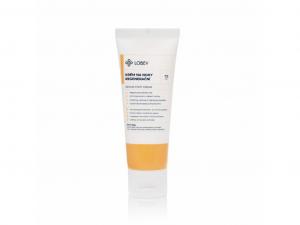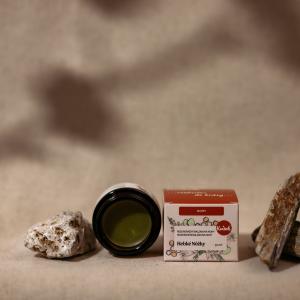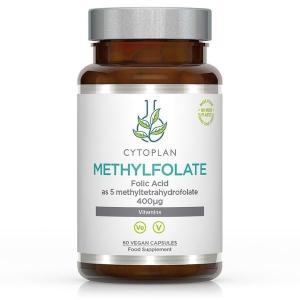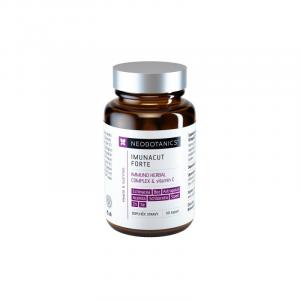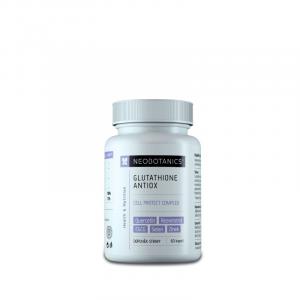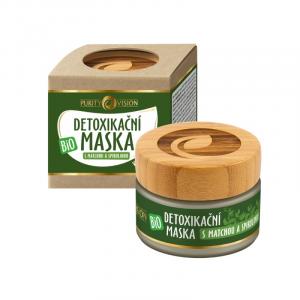
What causes skin fungus and how to avoid it?
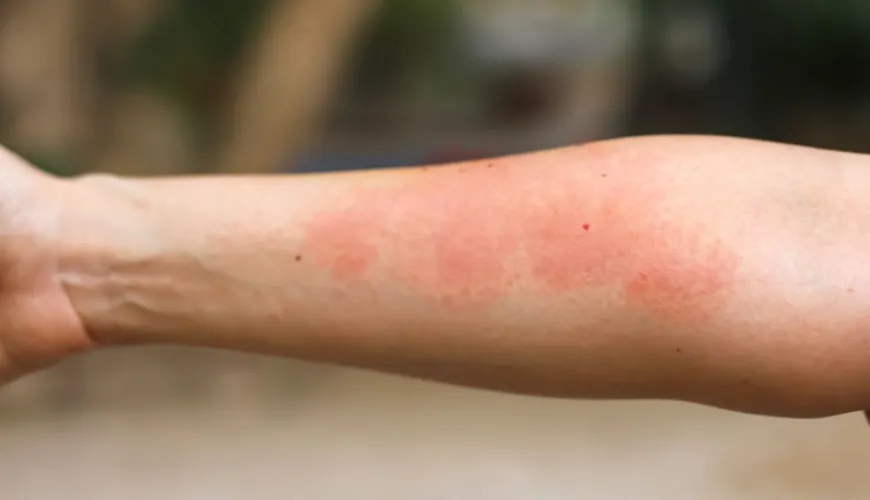
Skin Fungal Infection
Skin fungal infection is a common and unpleasant skin condition that can significantly affect the comfort of daily life. This condition, professionally referred to as dermatomycosis, arises from the overgrowth of fungi that commonly live on the surface of human skin. While most of these fungi are harmless, under certain conditions they can start to multiply and cause skin problems such as itching, redness, and discomfort. Skin fungal infection is common in areas where the body sweats more or where the skin remains moist for longer periods, such as between the toes, in the groin area, on the feet, or under the arms.
How Does Skin Fungal Infection Manifest?
Skin fungal infection can manifest in various ways depending on the location and degree of the infection. Among the first symptoms is itching, which often compels the affected person to scratch the affected area. This itching can worsen in damp conditions, such as after showering or physical activity. On the affected area, redness can appear, the skin may start to peel, and a burning sensation or unpleasant pressure may occur.
In more severe cases, small blisters or painful cracks can develop, leading to an increased risk of secondary infections. Bacteria can penetrate open wounds. Sometimes the affected area is dry and scaly, which can worsen the overall condition of the skin and increase sensitivity.
Try our natural products
Nail fungal infection, known as onychomycosis, manifests as thickening, discoloration, and brittleness of the nails. The nail may gradually lose its natural appearance and begin to separate from the nail bed, leading to pain and discomfort when walking.
Causes of Skin Fungal Infection
Skin fungal infection most commonly occurs due to contact with an infected person, animal, or surface. The most common transmission occurs in places where it is warm and humid, such as public showers, saunas, pools, or locker rooms. Fungi can easily multiply here, and if a person walks barefoot, they risk transferring them to the skin. In addition to direct contact, a moist environment on the skin, such as that created by wearing non-breathable clothing or footwear, can also contribute to the development of fungi. Fungi thrive where the skin doesn't breathe, which is why athletes or people who spend a lot of time in closed shoes are more prone to these infections.
Another cause may be a weakened immune system. People with immune system disorders or those suffering from diabetes have a higher likelihood of developing skin fungal infection because their bodies are not able to effectively fight common infections. Poor hygiene or inadequate skin care can also present an increased risk.
Try our natural products
How to Protect Against Skin Fungal Infection?
Prevention is a key factor in fighting skin fungal infection. It is important to keep the skin clean and dry, especially in areas prone to moisture. Proper hygiene includes not only regular washing but also thoroughly drying the skin, especially between the toes, where fungi often multiply. In the case of sports activities or prolonged shoe-wearing, it is advisable to choose breathable socks made of natural materials that wick away moisture, and footwear that allows the skin to breathe.
Try our natural products
Another important preventive measure is to avoid walking barefoot in public places such as pools, showers, or locker rooms, where fungi are often present. Using personal towels, footwear, and hygiene products also helps minimize the risk of transmission.
Treatment of Skin Fungal Infection
If a skin fungal infection occurs, it is important to start treatment as soon as possible. The sooner treatment begins, the lower the risk of spreading the infection to other parts of the body or to other people. The first step is to use antifungal products available in the form of creams, ointments, or sprays. These products act directly on the affected area and destroy the fungi that cause the infection.
Try our natural products
If even local treatment is not sufficiently effective, a doctor may prescribe systemic treatment in the form of tablets that affect the entire body and help it fight the infection. This treatment is more often recommended for more extensive infections or for patients with weakened immunity.
In addition to pharmacological treatment, it is important to pay attention to preventing recurrence. After successful treatment, it is important to regularly check the skin and continue with prevention to prevent the skin fungal infection from recurring.
Skin fungal infection is a common yet unpleasant condition that requires a prompt response and proper care. Keeping the skin dry, clean, and healthy is the foundation of preventing this issue. And if a skin fungal infection does appear, it is essential to begin treatment immediately to prevent further complications and the spread of infection. Consistency in prevention and treatment is key to successfully managing this issue, which can affect anyone, regardless of age or lifestyle.
